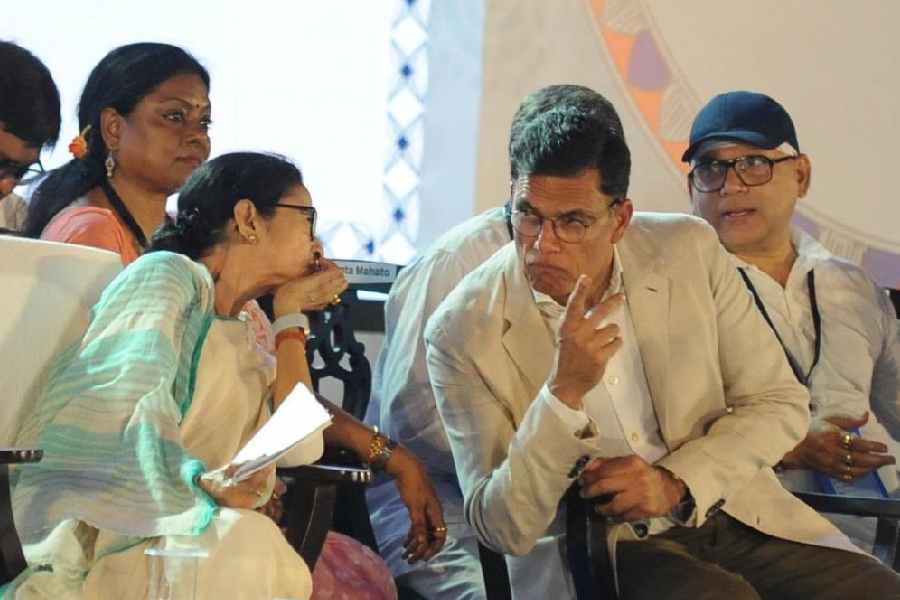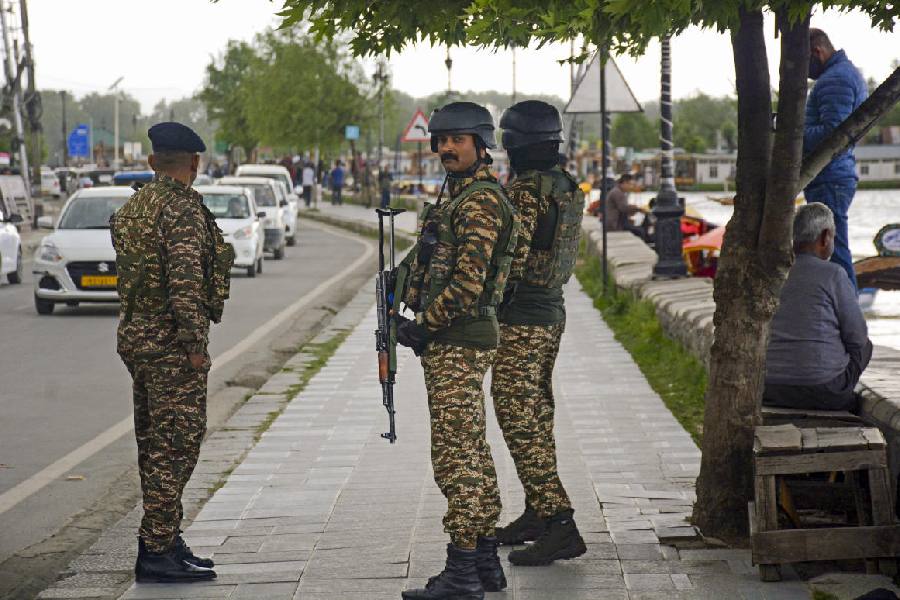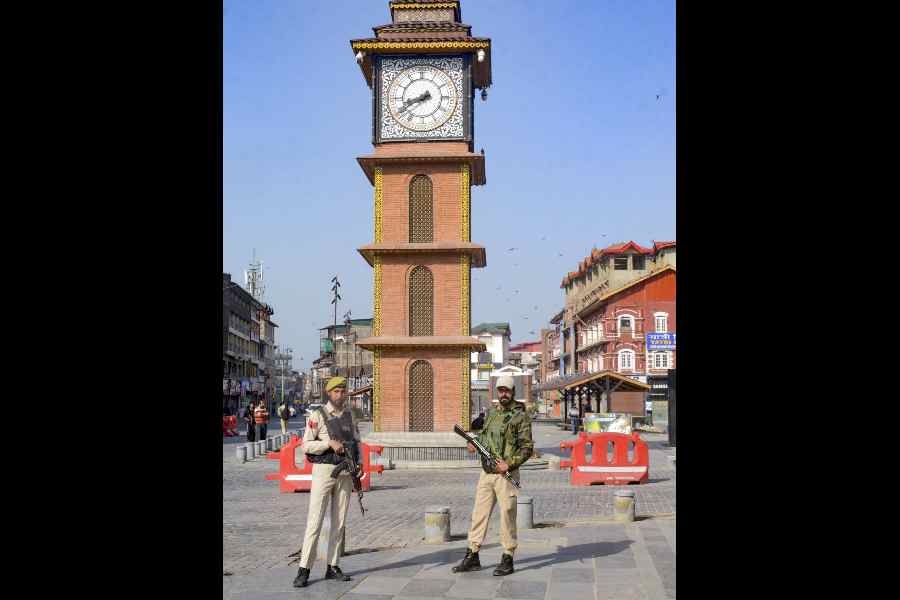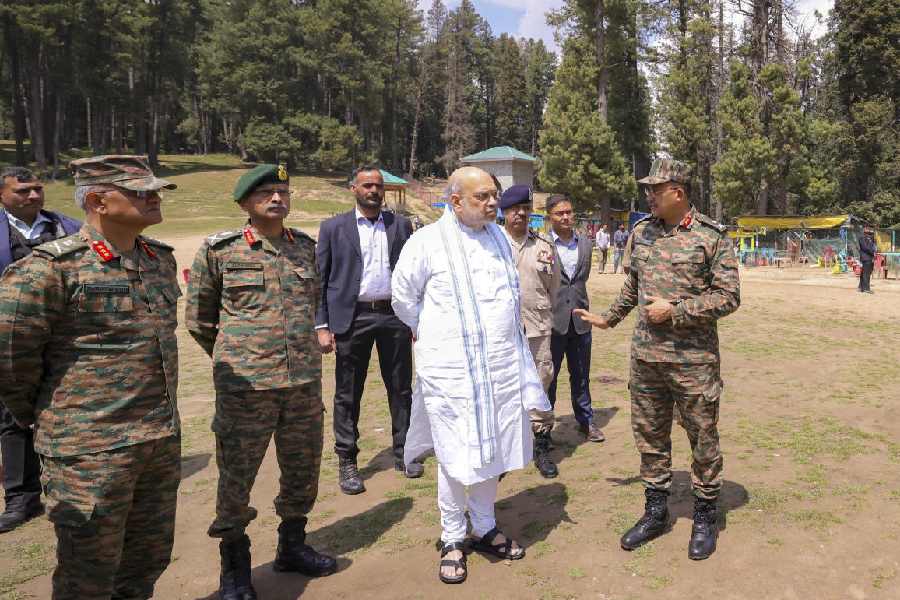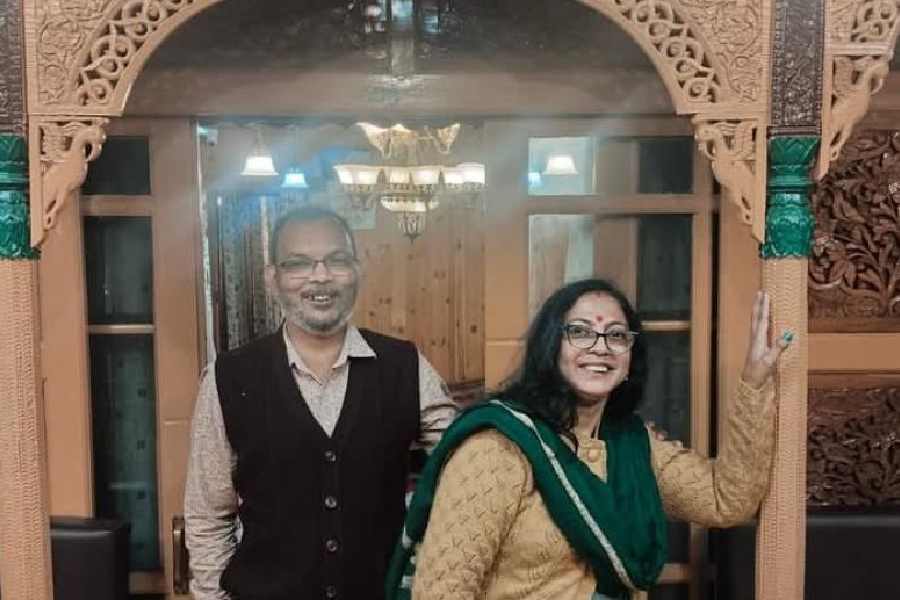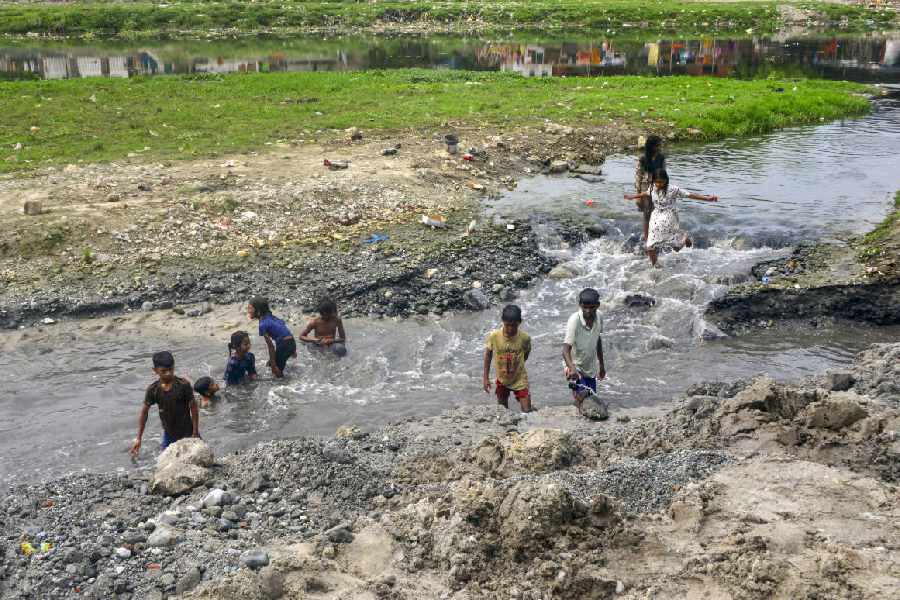An expansive plot of land in West Midnapore’s Salboni — arranged nearly two decades ago by the then Left Front government for an integrated steel plant which never saw the life of the day — came in handy for the JSW group on Monday, which kicked off the construction of a mega power plant, underscoring the need for large tracts of land for manufacturing and core sector industries.
Unlike its competitors, which were scouting for a suitable plot when the Bengal government called for bids to set up a 1600 mega-watt plant, JSW had readily available close to 3,800 acres of contiguous, vacant land protected by a 44-kilometre boundary wall.
No wonder that the $24-billion JSW group managed to trump competitors such as Adani and Torrent to bag the ultra-critical thermal power plant, entailing a ₹16,000-crore investment — the largest so far attracted by the Mamata Banerjee government in its 14-year tenure in a single project.
On Monday, the chief minister herself visited Salboni with JSW group chairman Sajjan Jindal in tow to lay the foundation stone for the power plant.
Describing it as a landmark project, Banerjee said, “There has never been such a project before,” adding that more power plants are in the offing in Bengal, which would cumulatively take the installed capacity to 18,000 MW in Bengal from 10,000 MW now.
“There has been ₹76,000 crore investment in the power sector from 2011 to ensure 24x7 power in the state, and another ₹48,000 crore investment is being planned,” Banerjee said at Salboni after laying the foundation stone for the power plant and an industrial park.
Speaking before, Jindal — who was accompanied by wife Sangita and son Parth — said Salboni has been a dream project for the JSW group. “The Salboni land belongs to the farmers in this area. Therefore, each one of you must get employment on this land. You should get benefits of the industry, this is my guarantee to you that whatever work happens here, you will benefit. The next generation will benefit,” Jindal said.
Later, Jindal recalled the year 2008 when Buddhadeb Bhattacharjee handed over the land to the JSW group at a time when protests over land acquisition at Singur and Nandigram were at their peak.
“We were nervous what would happen here. But everything went off well. We could not build the steel plant due to lack of raw material linkage,” Jindal pointed out, but expressed satisfaction that the power plant is taking off finally.
According to him, about 600 acres is occupied by the existing cement plant. The proposed power plant and industrial township would require another 1,000 acres and 2,000 acres, respectively. “We will have another 800 acres left with us,” Jindal explained.
He added that land earmarked for the power plant would be enough to accommodate an another 1,600 mega watt unit, underscoring the need for having sufficient land for future expansions.
Many industries have tripped in Bengal over discontent over land acquisition in the recent history, notably Tata’s small car plant in Singur and the proposed chemical hub at Nandigram, which altered the course of Bengal’s political history and dashed the dream of rapid industrialisation.
After coming to power in 2011, the Mamata Banerjee government took a hands-off approach towards land acquisition, asking the private sector to secure land for themselves with administrative help.
Industry sources said companies that showed interest in the 800x2 MW power plant tender, which JSW Energy finally won, were evaluating the risk of acquiring sufficient land at a reasonable cost in a convenient location where environmental clearance can be obtained.
“JSW had an advantage of visibility – its readiness was more because the timeline for setting up the plant is stringent and scaling up was not easy,” the sources added.
The JSW group hardly faced any resistance at Salboni between 2006 and 2008, in part because most of the land was with the state government. It had to acquire about 400 acres from the general public but the process went off well due to the deft handling of the then local leadership.
In 2008, the company had promised to compensate land losers in three ways. While the market price of the land was paid upfront by cheque, they also got shares worth the same amount as price of the land, apart from the promise of one job per land-loser family.
Biswadip Gupta, who spearheaded the acquisition process for the JSW group, expressed satisfaction at the turn of events today.
“It gives me immense satisfaction to see our hard work is finally paying off,” Gupta said.
During the power plant’s construction, around 5,000 people would find employment, while 800-1,000 workers would be required during operations, Sharad Mahendra, joint managing director & CEO of JSW Energy, said.
The JSW group also plans to set up a skill development centre here to train local youth. “My dream is that young people should not only work here but get employment across the world,” Jindal said, mindful of shoring up local support for future ventures.

